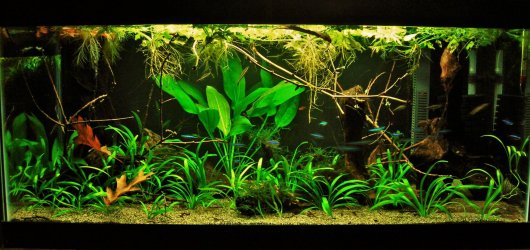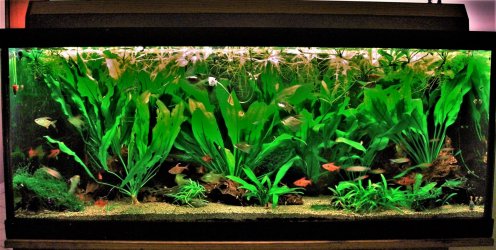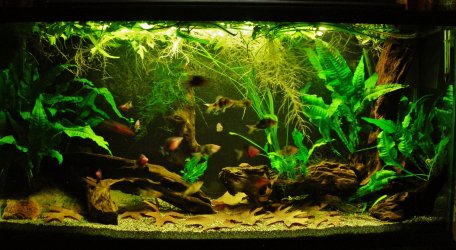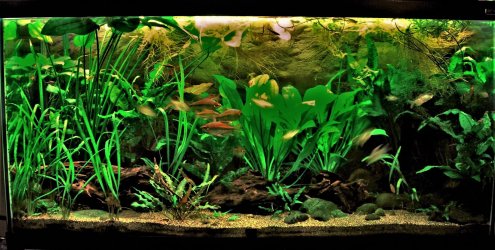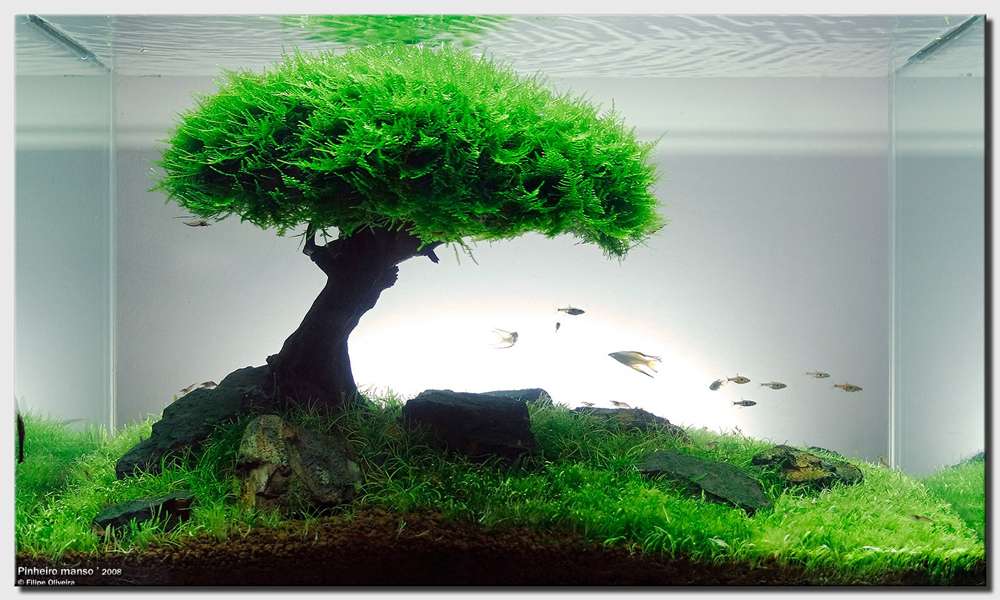Monty2451
Fish Crazy
- Joined
- Feb 6, 2007
- Messages
- 382
- Reaction score
- 2
Hi everyone,
I'm getting back into the hobby after about a 10 year hiatus, and am looking to start out again with my first truly planted tank, a 35 gal. cube with some dwarf grass, marimo moss balls, and a Xmas moss bonsai. The most I've done with plants in the past has been some hornwort as a background piece and some duckweed in my Betta tanks. I've done some research and I have a pretty good idea of what I need to do, but my major concern is if I fully plant the tank, how do I best go about cleaning the tank, particularly the substrate? I want to cover the bottom of the tank with dwarf grass, which leaves me wondering how I can clean the substrate without uprooting anything? I also plan on having some cleaners on the tank (Cory cats, and either some gold inca or nerite snails and/or some shrimp) which should help keep everything in order. Is deep cleaning the substrate even necessary at all in this situation? I appreciate any advice I could get on this.
I'm getting back into the hobby after about a 10 year hiatus, and am looking to start out again with my first truly planted tank, a 35 gal. cube with some dwarf grass, marimo moss balls, and a Xmas moss bonsai. The most I've done with plants in the past has been some hornwort as a background piece and some duckweed in my Betta tanks. I've done some research and I have a pretty good idea of what I need to do, but my major concern is if I fully plant the tank, how do I best go about cleaning the tank, particularly the substrate? I want to cover the bottom of the tank with dwarf grass, which leaves me wondering how I can clean the substrate without uprooting anything? I also plan on having some cleaners on the tank (Cory cats, and either some gold inca or nerite snails and/or some shrimp) which should help keep everything in order. Is deep cleaning the substrate even necessary at all in this situation? I appreciate any advice I could get on this.



